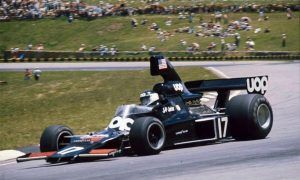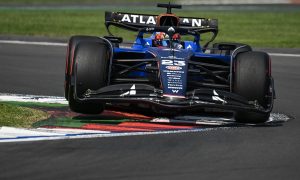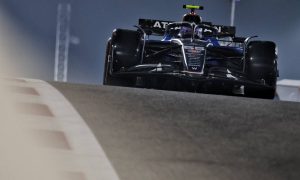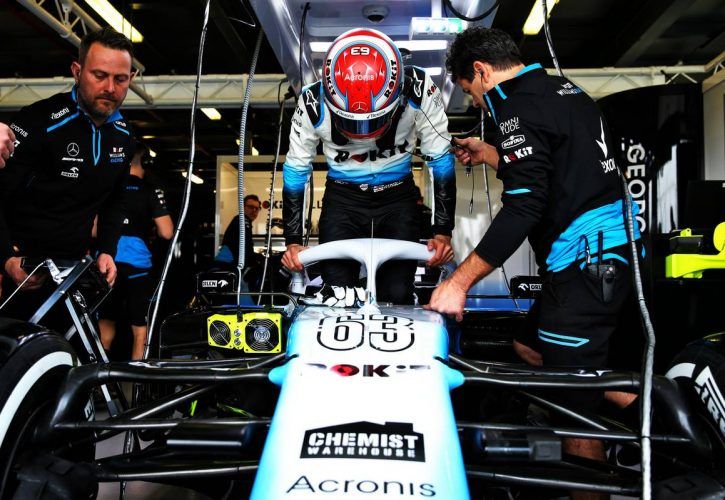
Williams F1 driver George Russell has said that he would like to see minimum cockpit dimensions introduced into the sport's regulations.
Russell believes that the current situation favours smaller drivers, since car designers are eager to get their hands on any extra space they can claw back from small driver safety cells.
That's a disadvantage to the 21-year-old Briton, who at 185cm (just over six foot one inch) is one of the tallest drivers on the grid this season.
"There are benefits if you’re a smaller driver," he explained. "[Designers can] cram everything tighter so you’ve got more room to do whatever you want. You can bring the radiators closer in.
"It’s a never-ending story," said Russell, who suggested that a standard cockpit size would dispense with the issue.
“I know in Formula 2 and Formula 3 they’ve just got a standard size to fit a driver of 192 centimetres," he pointed out.
"At the end of the day you guys probably won’t notice, the fans won’t notice, but it’s definitely going in the right direction."
Lighter drivers also previously had an advantage when it came to getting race seats. But a new 80kg minimum weight limit for driver and ballast which was introduced this season has levelled the playing field
It means that drivers no longer have to subject themselves to unhealthy crash diets, which was especially problematic for the taller drivers.
“F1 really needed that, and I think probably the next step is to make the cockpits a standard size,' Russell commented.
The new weight rules have meant that Russell has been able to 'bulk up' over the winter and is no longer the gangly bean pole he was as a teenager.
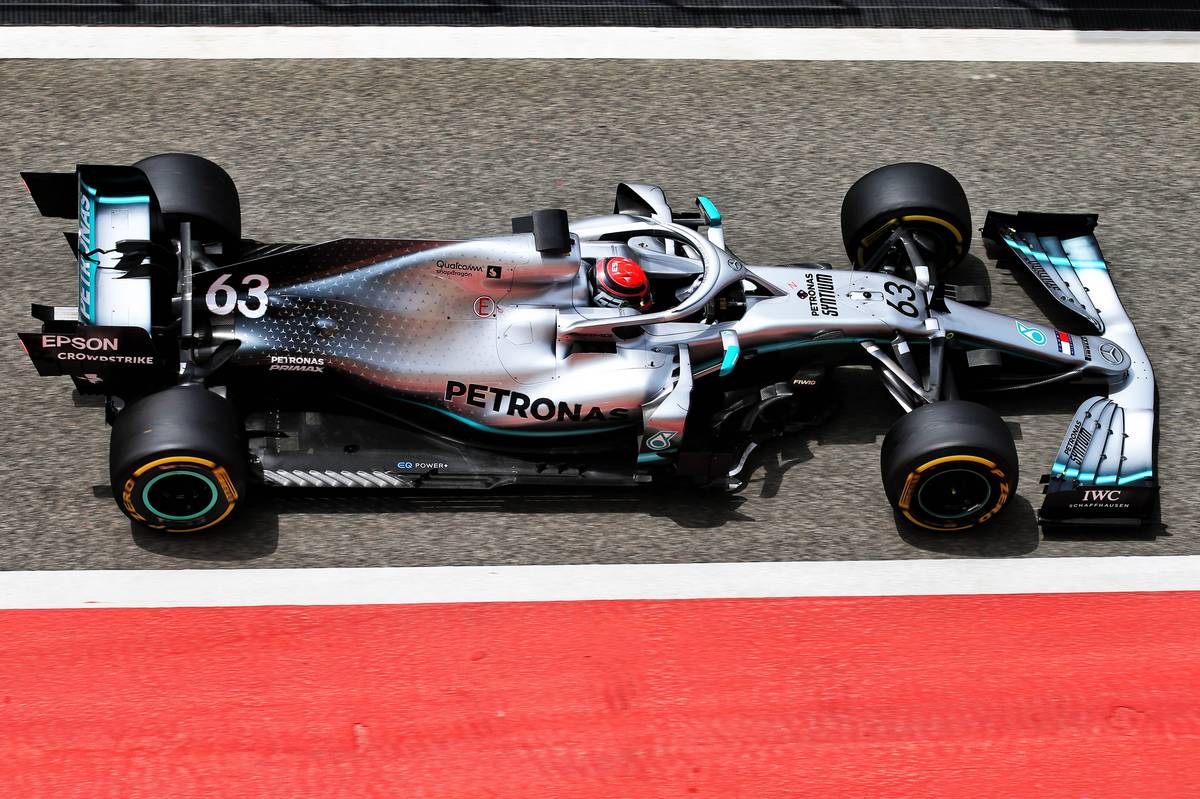
“I’ve always been on the lighter side," he acknowledged. "I’m a normal size, normal shape. I’m almost six two and last year I was 66 kilos.
"Over Christmas I put on about six kilos,” Russell revealed. “Not just from the turkey, but also from the gym. I just feel much healthier for it.
"I’m now 72, 73 kilos and I just feel I’ve got more energy. I feel better. I’m sure my girlfriend would argue I look better as well!
"It's very beneficial in more ways than not," he added.
And Russell confirmed that the weight difference really was significant in terms of on-track performance when stepping in behind the wheel in F1.
“In F2 there wasn’t a limitation," he said, recalling his successful championship campaign last year. At the same time he was also serving as Mercedes' official F1 test and reserve driver, putting him in a position to assess differences to the hardware in both series.
"I knew that if I jumped in the Mercedes last year if I was heavier than Lewis Hamilton and [Valtteri Bottas] I would just be slower on the stopwatch," he said.
"I wanted to show what I can do and I don’t want any additional limitations," adding that being a lighter driver had always meant "free lap time."
Gallery: The beautiful wives and girlfriends of F1 drivers
Keep up to date with all the F1 news via Facebook and Twitter




